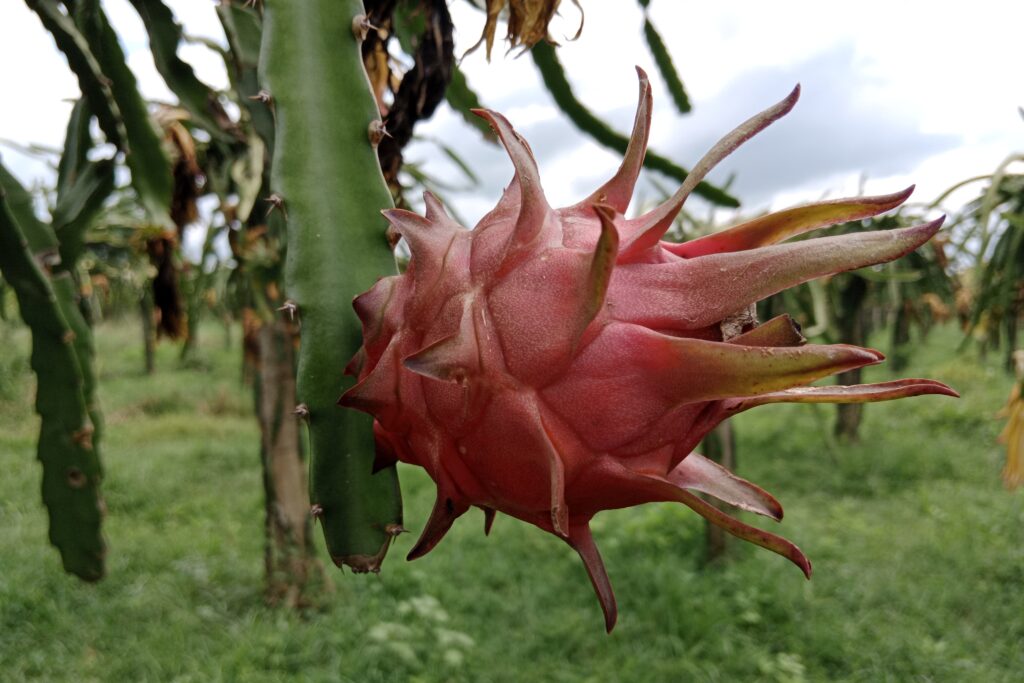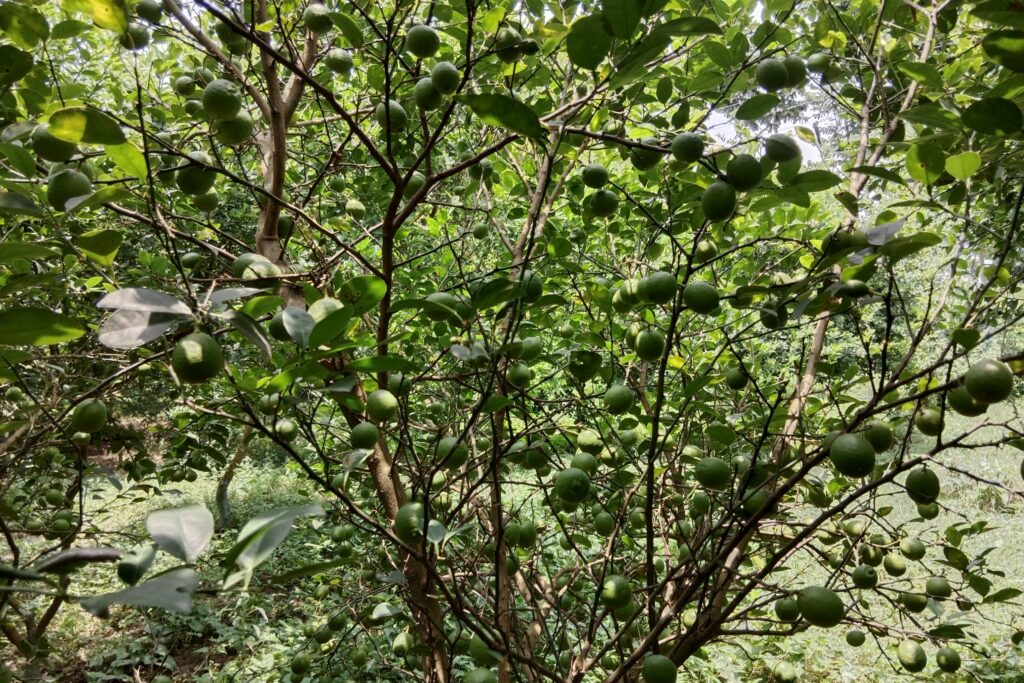Lemon Flowers
Lemon trees are cherished not only for their zesty and versatile fruits but also for the beauty and fragrance of their blossoms. These delicate lemon flowers are integral to the life cycle of the tree, serving as the foundation for fruit development. Beyond their aesthetic appeal, lemon flowers hold a wealth of intriguing characteristics that make them truly remarkable.
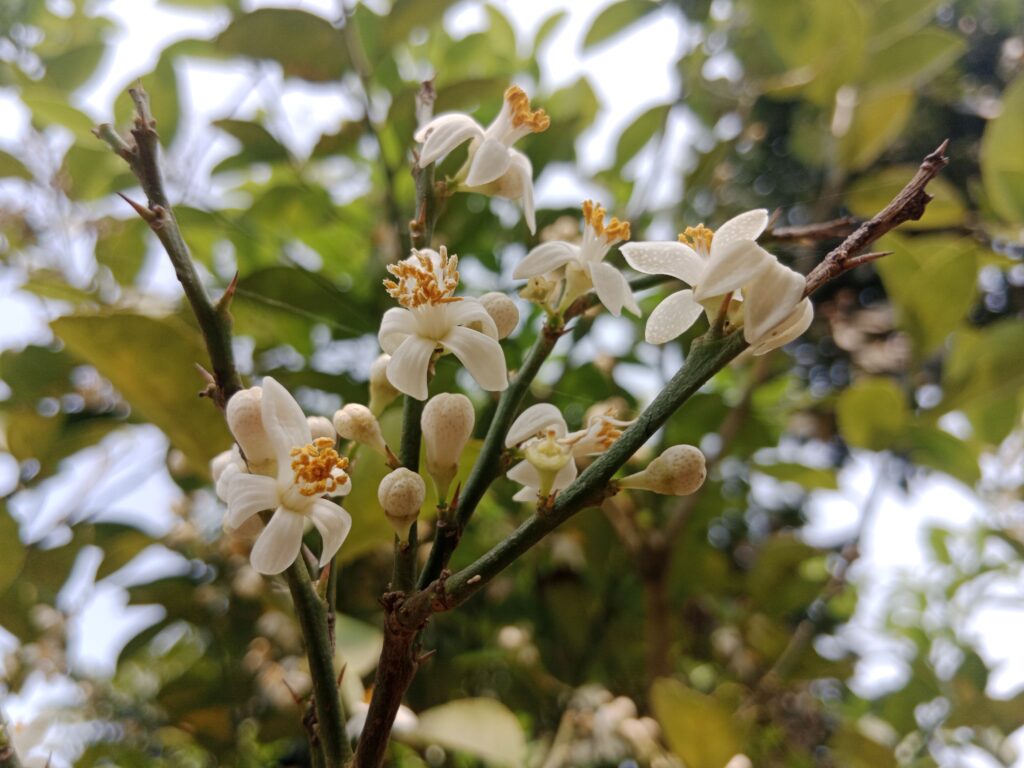
From their role in pollination to their contribution to the tree’s overall health and productivity, these blossoms reveal fascinating secrets about nature’s complexity and beauty. In this article, we explore 11 interesting facts about lemon flowers that will deepen your appreciation for these extraordinary blooms.
1. Lemon Flowering Season
Lemon trees have a unique flowering pattern that sets them apart from many other fruit-bearing plants. The flowering season typically begins during or toward the end of winter, usually in January or February. Interestingly, the cold winter night temperatures act as a natural trigger for the flowering process. This means that the chillier the winter, the more likely the tree is to produce an abundance of blossoms.
2. Lemon Flowers Are Self-Pollinating
Since lemon flowers are self-pollinating, fruit can be produced without the requirement for cross-pollination from another tree. Every flower can pollinate itself since it has both male and female reproductive organs. Even though this self-sufficiency is impressive, pollinators like bees can improve fruit set and pollination efficiency by moving pollen from one flower to another, which will increase yields.
Following successful pollination, the flower’s color undergoes noticeable modifications. The process naturally includes the petals starting to droop and fall off. A little, green enlargement at the base of the bloom shows that the ovary is turning into fruit within a few days to a week. It was probably not pollinated if the flower falls off without swell. You can tell if your lemon blooms are ready to bear fruit by looking for these indicators, which are increased when pollinators, such as bees, are present around the tree.
3. Only 1-2% of Lemon Flowers Become Fruit
Lemon trees produce an impressive number of flowers, often ranging from hundreds to thousands. However, only a tiny fraction of these blossoms—around 1-2%—will successfully develop into mature fruit. The majority of the flowers drop off naturally, a process influenced by factors such as insufficient pollination, competition for resources, or natural shedding.
This selective process is vital for the tree’s survival and productivity. By shedding excess flowers, the tree conserves its energy and directs it toward nurturing the remaining blossoms, ensuring the development of high-quality fruit. This natural balance allows the tree to thrive and produce the tangy lemons we cherish.
4. From Flower to Fruit: A 150-180 Day Journey
The journey from lemon flower to fruit is a remarkable process that spans approximately 150 to 180 days. Once a flower is successfully pollinated, it begins the transformation into a developing fruit, a process that unfolds gradually over several months.
During this period, the tiny fruitlet undergoes significant changes, growing in size and accumulating the nutrients and flavors that make lemons so unique. This lengthy timeline reflects the intricate biological processes involved, as the tree allocates energy and resources to nurture the developing fruit.
The exact duration of this maturation phase can vary based on several factors, including the specific lemon variety, local climate conditions, and the care provided to the tree. Warmer temperatures and proper irrigation can speed up the process, while cooler climates or inadequate care might extend it. Despite the time investment, this prolonged development contributes to the high quality and distinct taste of lemons, making them a cherished fruit around the world.
5. Lemon Flowers Are Hermaphroditic
Lemon blossoms have an interesting biological adaption in that they are hermaphrodites, meaning that they have both male and female reproductive structures within the same bloom. In order to promote fertilization, the female structures, called pistils, are in charge of accepting the pollen that is produced by the male components, called stamens.
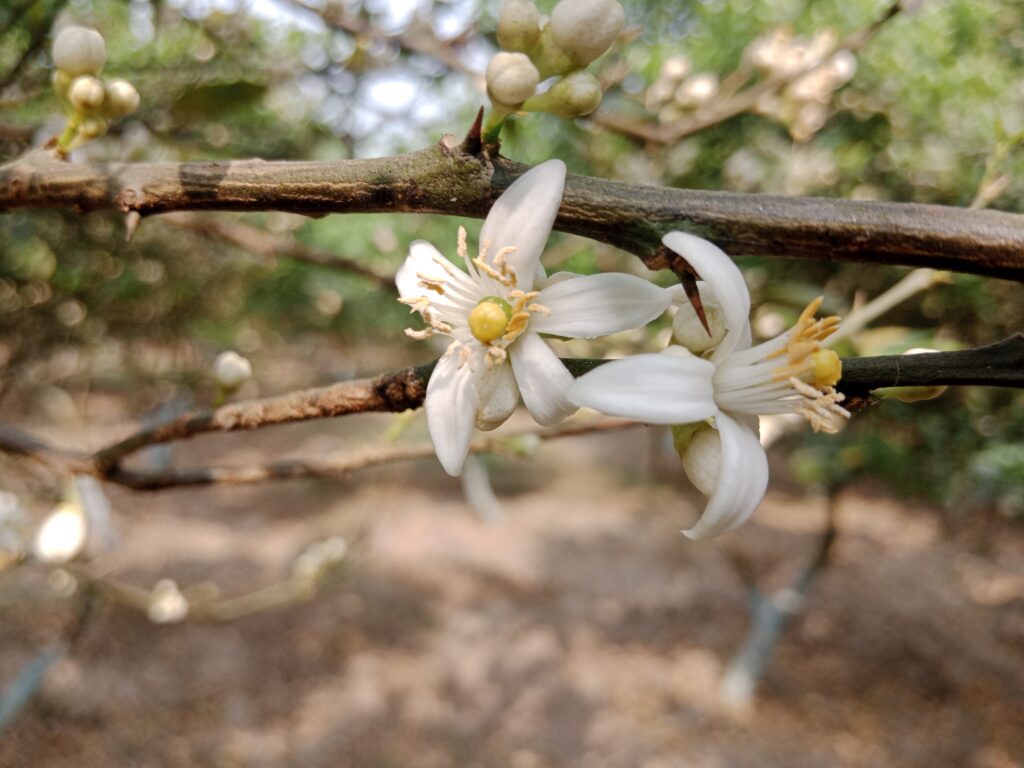
By enabling self-pollination, this dual function greatly increases the likelihood that lemon blooms will reproduce. Even without the help of outside pollinators like bees or the wind, the tree can guarantee pollination because each blossom has both reproductive organs. In addition to increasing the probability of fruit production, this special characteristic demonstrates the exceptional effectiveness and adaptability of lemon trees in a variety of environmental settings.
6. Fragrant and Aromatic
With their delicate white petals and subtle yellow accents, lemon flowers are not only aesthetically pleasing, but they also have a strong, sweet, and zesty scent that appeals to the senses. Many people adore this alluring aroma, which is widely utilized to make essential oils, perfumes, and aromatherapy items.
Lemon flowers are known for their uplifting and calming scent, which makes them a popular option for encouraging relaxation, lowering stress levels, and improving general wellbeing. The calming scent of lemon flowers, whether in a diffuser, in a skincare product, or in a garden, brings a little bit of natural elegance and peace to daily life.
Also Read About: How to grow and care for lemon tree
7. Lemon Flowers Are Edible
Lemon flowers are not just visually stunning and fragrant, they are also edible, bringing a subtle citrus flavor that elevates a wide range of dishes. They can be tossed into salads for a refreshing zest, steeped in teas for a mild citrus scent, or used in desserts to add a unique touch.
Their tender petals are often candied, making them a beautiful and flavorful garnish for cakes, pastries, and other desserts. Whether used as a garnish or infused into beverages, lemon flowers bring elegance and flavor to culinary creations. However, it’s essential to ensure the flowers are free from pesticides or chemicals, so sourcing them from organic or trusted suppliers is the safest way to enjoy them.
8. Symbolism of Lemon Flowers
Lemon flowers hold rich symbolism in various cultures, often representing purity, love, and fidelity due to their delicate and pristine appearance. These blossoms are commonly associated with new beginnings, making them a popular choice in wedding ceremonies and other celebratory events to symbolize enduring relationships and fresh starts.
Their vibrant and cheerful nature also conveys positivity, joy, and the promise of growth, aligning perfectly with their role in the life cycle of the lemon tree. As both a visual and symbolic representation of renewal and happiness, lemon flowers carry profound meanings that resonate deeply in both personal and cultural contexts, adding a touch of significance and beauty to special occasions.
9. Lemon Flowers Attract Beneficial Insects
Lemon flowers, with their sweet fragrance and nectar, serve as a magnet for beneficial insects such as bees, butterflies, and other pollinators, playing a vital role in enhancing garden ecosystems. Although lemon flowers have the ability to self-pollinate, the presence of these insects can improve the efficiency of the pollination process, leading to a higher likelihood of fruit production.
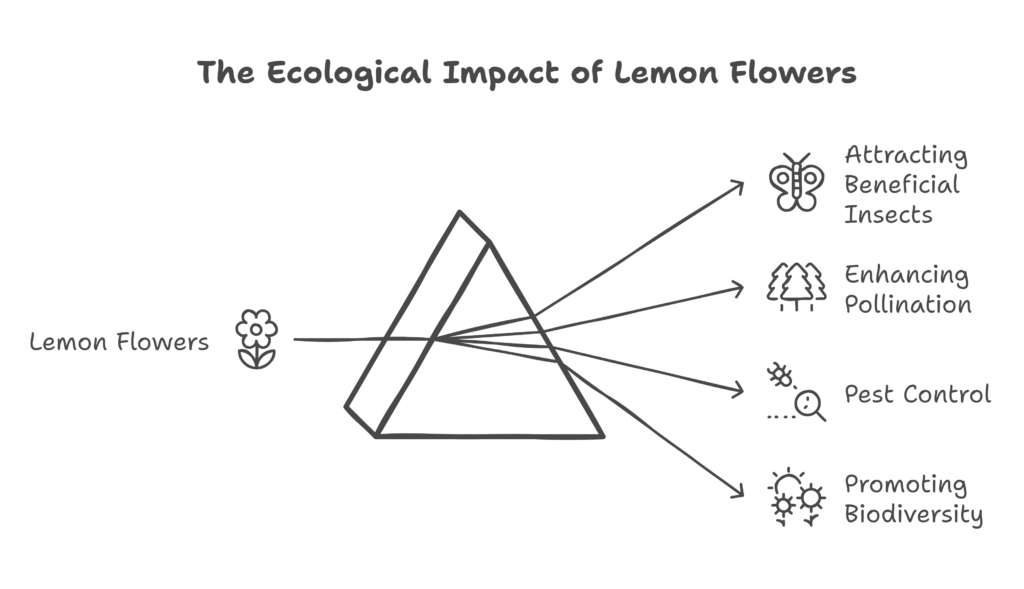
Beyond aiding pollination, these insects contribute to the overall health and balance of the garden by controlling harmful pests, fostering natural pest management, and promoting biodiversity. Their activity helps maintain a thriving and sustainable environment, highlighting the interconnectedness of lemon flowers and the broader ecosystem. This natural partnership underscores the importance of these blossoms not only for lemon trees but also for the ecological well-being of their surroundings.
10. Lemon Flowers Can Bloom Multiple Times a Year
Lemon trees have a unique ability to bloom multiple times throughout the year, setting them apart from many other fruit trees that typically flower only once annually. This characteristic is especially prominent in warmer climates, where the conditions are ideal for continuous growth and flowering. As a result, it’s not uncommon to see lemon trees adorned with both fragrant blossoms and ripe fruit at the same time, creating a striking and unique visual display.
This ongoing cycle of flowering and fruiting not only adds to the tree’s aesthetic appeal but also ensures a more extended harvest period, providing a steady supply of fresh lemons. The simultaneous presence of flowers and fruit on a lemon tree is a testament to its resilience and adaptability, making it a favorite among gardeners and citrus enthusiasts alike.
11. Way to make lemon tree flower
To encourage a lemon tree to bloom, it’s essential to provide the right conditions and consistent care. Lemon trees need plenty of sunlight—around 6-8 hours daily—and well-draining soil to thrive. Cooler winter temperatures can stimulate flowering, so exposing the tree to mild cold (without freezing) can help trigger blooms.
Proper watering is key; keep the soil moist but avoid overwatering to prevent root issues. Fertilize with a citrus-specific formula that’s higher in phosphorus to promote flowering, and limit nitrogen, which can lead to excessive foliage growth instead of blossoms.
To improve air circulation and sunshine exposure, which promotes flower development, regular pruning is also essential to get rid of dead or overgrown branches. The tree’s general health and the likelihood of an abundance of blossoms are also guaranteed when it is shielded from pests and illnesses. A well-maintained lemon tree will produce aromatic blossoms and, eventually, mouthwatering fruit.

